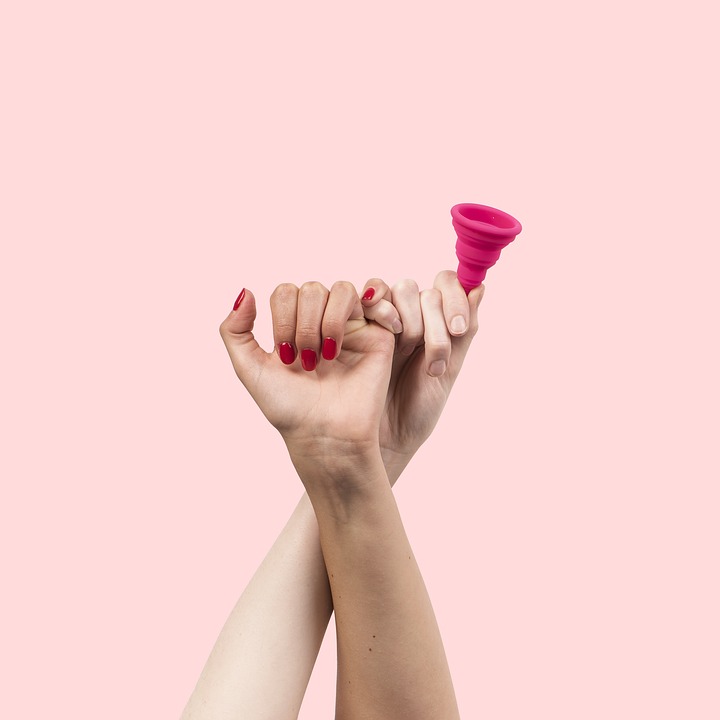
It is undeniable that the society in this era pushes for the Earth’s sustainability. Which explains why products, buildings, and other actions towards the planet are being centered in our environment’s welfare.
With this said, for all the options and ways to help save the environment, there is this one thing that is surprisingly not only eco-friendly but is also cost efficient which lessens the garbage toll on landfill wastes and the burden on women’s wallets.
Women for Zero Waste
Go Green! That’s what you will mostly hear or read from all of the eco-friendly advertisements from the products and buildings that are for the sustainability of the environment. Because of this, many people are now embracing the “zero waste” life, in which one aims to produce less waste in his/her entire life.
For women, this might seem impossible; especially we have those biological circumstances that require the usage of synthetic fibers or plastics. For instance, menstruation requires sanitary pads or tampons in which, on average, women use between 11 to 30 tampons per cycle. So, over a woman’s lifetime, the tampon waste would be around 5,000-14,000 per woman.
Now, imagine having those number of tampon waste for every woman on planet Earth. In 2010, an estimation of around 20 tampons or pads was burned per menstrual period with 250 to 300 pounds of products, wrappers, and applicators in a lifetime, making it have an enormous environmental impact.
Menstrual Cup, the Nonconventional Way
So, let’s proceed with how you can save the world with menstrual cups! Every woman can attest that most of us have grown accustomed to using pads and tampons which are both conventional ways in menstrual hygiene products.
Technically speaking, menstrual cups have been around since tampons were invented. However, in recent years, companies have been innovating the cups and have created a modern, discreet, and eco-friendly alternative for pads and tampons.
There are several available menstrual cup brands on the market, such as the Daisy Cup which can cater to your needs whenever you decide to switch to menstrual cups. You only need to know what cup fits you best so that you will know what cup to buy.
The Toll Menstrual Products Does to Earth
A woman goes through approximately 11,000 to 14,000 disposable pads or tampons during her lifetime. Which means to say that billions of pads and tampons are being disposed of annually for the sake of a woman’s health.
Did you know that the raw material extraction of the pads and tampons’ cotton is considered as the thirstiest crop, wherein the use of non-organic cotton (saturated with insecticides and pesticides) are used?
That equates to using not only an environmentally harmful pollutant but also could be a risk for women’ health since most tampons contain chemicals like rayon, dioxin, and chlorine which gets soaked up by the soil and is released as pollution into air and groundwater.
However, if not for your health, then you might want to consider switching to a product that is eco-friendlier and cost-efficient menstrual hygiene product.
Although you might think that your personal period-related waste is worth fretting over, just think about that each time you dispose of a tampon or pad, you are distributing to the billions of pads and tampons that fill the landfill annually.
Fast Facts on Environmental Impact of Period Products
Here are the fast facts that you definitely need to know about how period products affect our planet Earth! Read below to know more about the baby steps you can do to save the world through using a menstrual cup like the daisy cup.
90% Plastic. That’s right, pads are around 90 percent plastic! Not only pads but also the tampons and panty liners that come along with their packaging and individual wrappings which generate approximately 200,000 tons of waste a year.
125-150kg. These numbers speak for the amount of the average user’s disposal of pads, tampons, and applicators in their lifetime. Imagine 150 kgs. From billions of women across the globe, will the environment not deteriorate in that case?
Pollution. It is not a shock that humans’ waste ends up in landfills, and even worse, in the oceans. It is sad to know that the issue is not entirely shocking anymore. Now, did you know that in 2010, there was an average of 23 sanitary pads and nine tampon applicators per kilometer at the British coastline during the UK beach clean?
Unbreakable Plastic. We all know that plastic takes a long time to degrade, right? It is even longer than the lifespan of the woman who used it. Thus, it takes time for pads or tampons to degrade in a landfill, making it difficult to be completely be wiped out from the Earth’s surface.
Chemical Intensive. The process of manufacturing the pads and tampons are both resource and chemical intensive. Meaning to say, these products take a toll on the resources and are enriched with chemicals, just to provide the needed products for the market.